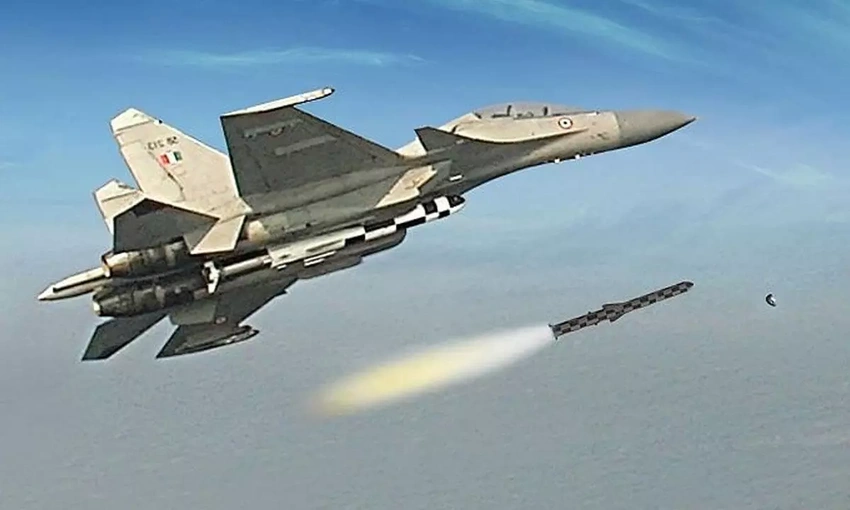In the tense hours after gunmen ambushed tourists in Pahalgam, killing 26 and wounding 17, India’s leadership faces a stark choice: act quickly to deter future attacks or risk appearing weak. Senior military voices urge swift retaliation. But key questions remain unanswered. Why mirror the Pulwama-Balakot timeline when law and diplomacy still simmer? How will India select targets without triggering a larger war? And what cutting-edge systems might finally see live use against Pakistan’s militant network?
Why India Feels the Heat
India’s top brass convened in New Delhi within 24 hours of the Pahalgam massacre, as calls for “strong retaliation” swelled in parliament and social media. Prime Minister Narendra Modi vowed to “wipe out the remaining land of terrorists,” signalling military options remain on the table. India also suspended the Indus Water Treaty and downgraded diplomatic ties, moves that raise the stakes further. Army Chief General Upendra Dwivedi personally toured the Baisaran site, underscoring the urgency of a credible response. Experts warn that any delay beyond a week risks eroding deterrence, inviting more cross-border strikes by militant proxies.
Why the Rush?
Why repeat the 2019 Pulwama-Balakot pattern, when India’s legal case at the UN remains unsettled? If transparency is India’s aim, why hide targeting decisions from its parliament and public? And why risk escalation with Pakistan’s nuclear arsenal looming over every map coordinate?
Potential Targets, When and Where Strikes May Hit
Veteran analysts see a narrow window of 7–10 days for any Indian counter-strike mirroring the 12-day gap between Pulwama and Balakot in 2019. Anticipated targets include militant camps in Pakistan-occupied Kashmir (POK) near Balakot, Chakothi and Muzaffarabad, long suspected hubs for Lashkar-e-Taiba and The Resistance Front. India’s Mirage-2000 and Su-30MKI jets, possibly escorted by Rafale fighters, could conduct pre-dawn raids to maximize surprise and minimize civilian risk. Precision assets like the BrahMos supersonic missile may follow, striking hardened bunkers deep inside POK.

Why These Sites?
Why focus on POK when safe havens in Pakistan’s Punjab or Sindh provinces may harbor the true financiers of terror? And will a high-altitude strike truly eliminate leadership, or merely damage a few training huts?
India’s Lethal Arsenal
In recent years, India has overhauled its strike package. Key assets include:
BrahMos supersonic cruise missiles, capable of Mach 2.8 strikes from land, sea or air.

Rafale multirole fighters, fitted with SCALP air-to-ground missiles for deep-strike options.

Su-30MKI and Mirage-2000 jets, battle-proven in the 2019 Balakot raid.

MQ-9B Predator drones, providing real-time surveillance and precision attack capabilities.

Astra beyond-visual-range air-to-air missiles, ready to fend off any Pakistani interceptions.

India’s Akash and NASAMS surface-to-air missile batteries could establish no-fly zones along the LoC before and after strikes—an unprecedented move to shield own aircraft and troops. Naval assets, including Kalvari-class submarines armed with cruise missiles, may be positioned in the Arabian Sea as a show of force.

Why Haven’t These Been Used Before?
Despite years of development, these systems have never been tested in live cross-border operations. Does India doubt their reliability? Or is there reluctance to reveal capabilities to Pakistan’s ever-watchful intelligence agencies?
Repercussions and Risks
A calibrated strike could restore domestic confidence and deter future attacks. Yet any miscalculation could spark a full-blown conflict between two nuclear powers. Pakistan has already warned of “tit-for-tat” retaliation and will test surface-to-surface missiles off Karachi’s coast to signal resolve. International actors, especially the U.S. and China, may pressure both sides to de-escalate or risk wider regional instability.
Ultimately, India’s decision will test the limits of its “no first use” nuclear doctrine and the credibility of its conventional deterrence. For a nation wearied by endless proxy wars in Kashmir, the answer lies not just in the weapons it wields, but in the transparency of its strategy and the cohesion of its democratic debate.















No comments yet.